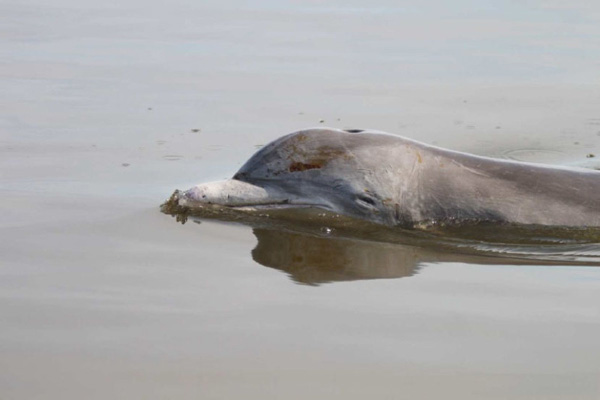- South Texas Students Meet Accordion Music Icons Los Tigres Del Norte In Edinburg Thanks To Khs America/Hohner Alianza Académica Initiative
- Fragile Planet Offers a Nighttime Wildlife Experience
- Falcons Soccer Off & Running
- Cameron County Receives Funds to Improve Two Parks
- Falcons Complete First Half of 32-6A
- School District to Help out Victims of California Wildfires
- Sand Castle Days Continued Despite Unexpected Weather
- Ready for District
- Discussion of Garbage Dumpster Rates, Agreements Between State & City on Highway Regulations, and More
- 31st Annual Shrimp Cook-Off is Right Around the Corner
New Data: BP Disaster Greater than Previously Thought
- Updated: December 11, 2015

The Texas Supreme Court building. The court has established a new commission to help more low-and-middle income Texans access civil legal services. Photo: WhisperToMe/Wikimedia Commons
by Eric Galatas
AUSTIN, Texas – After BP agreed to pay more than $20 billion in fines and penalties for spilling millions of gallons of oil into the Gulf of Mexico for 87 days, research kept under wraps during legal proceedings finally has been made public.
And the damage to fish and wildlife is worse than had been previously reported.
Amanda Fuller, a policy specialist with the National Wildlife Federation’s Austin office, says since the challenge of restoration is so massive, federal and state agencies should work together to prioritize what’s best for the Gulf.
“Because what’s best for the Gulf is essentially what’s best for Americans because the Gulf is basically the fish basket of the United States and drives our economy,” she states.
The new data shows the event killed off 2 to 5 trillion larval fish – that’s potentially billions of adult fish if allowed to mature.
Twenty-three hundred tons of shrimp and from 4 to 8 billion oysters also were lost.
Trustees responsible for coordinating restoration have published a damage assessment and a draft plan online, and are taking public comments through Friday.
The report found that nearly all species of dolphins and whales living in the northern Gulf sustained injuries.
At least 93 species of birds were exposed to oil, which is expected to have significant impacts on food webs across all five Gulf states.
Ryan Fikes, a staff scientist with the National Wildlife Federation, says despite the enormous scale of loss, he’s impressed with the plan’s comprehensive approach to restoration.
“The injuries affected such a broad array of resources that they are basically best described as an injury to the entire ecosystem, and therefore cannot necessarily be approached on a species by species basis,” he states.
Fikes adds prioritizing estuaries and marshes along the coast will be key to bringing a wide range of species back to health.
He says restoring freshwater inflow will help endangered species such as the whooping crane, as well as coastal communities in Texas that rely on brackish bays for fish, crab and oysters.
